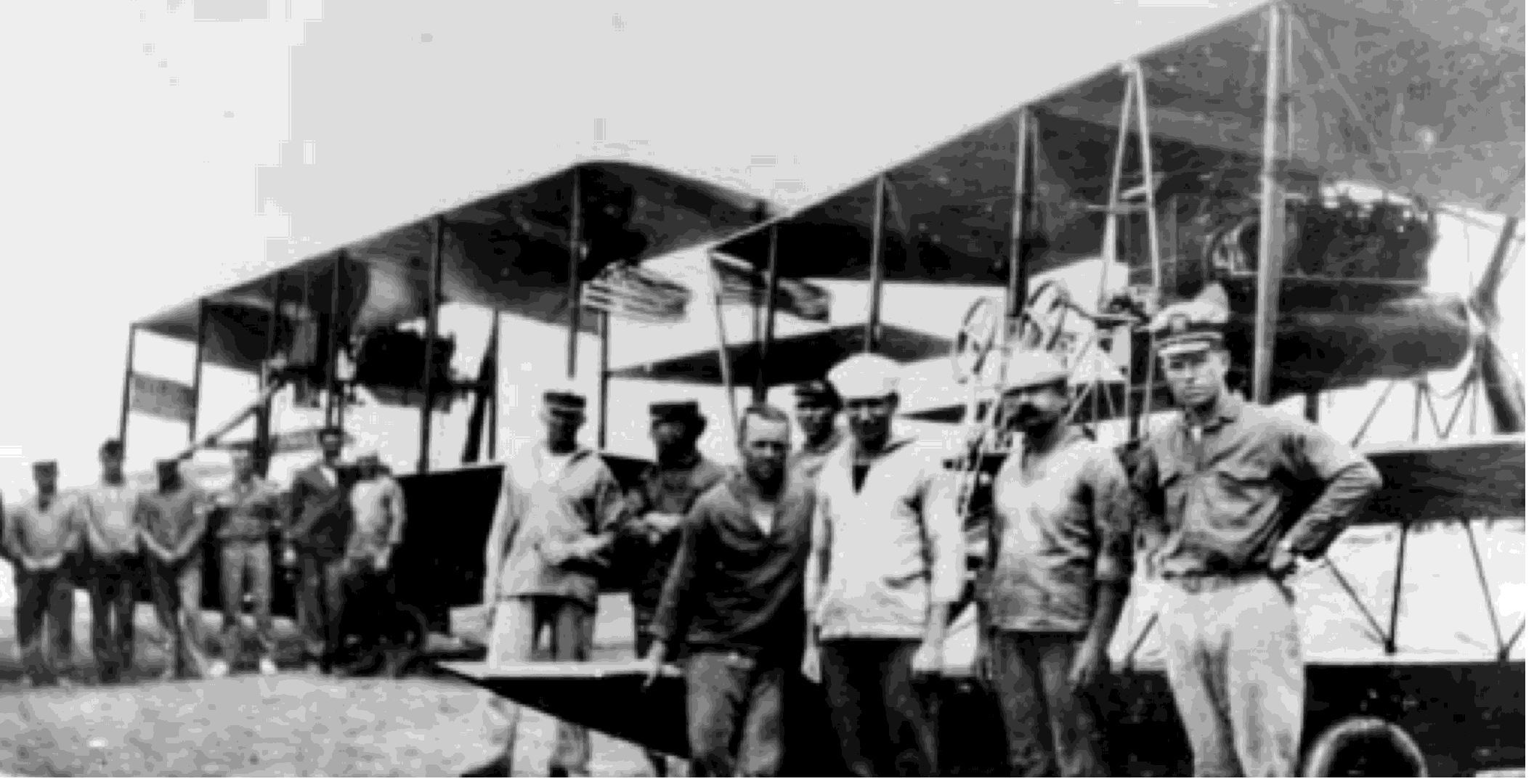
14
UNITED STATES NAVAL AVIATION
1910-1995
1914-Continued
16 February
Lieutenant Ug) James M. Murray, Naval
Aviator No. 10, on a flight at Pensacola, Fla., in the
Burgess D-1 flying boat, crashed to the water from 200
feet and was drowned.
20 February
The beginnings of Aviation Medicine
were apparent in a letter to the Commanding
Officer at Pensacola, Fla., on the subject of physical
requirements for aviator candidates which expressed
the opinion that useful information could be
obtained by observing pilots during flight and by
physical examination before and after flight. The let-
ter further directed that this be considered and a
program developed that would permit incorporation
of such practice in the work of the flight training
school.
9 March
The wind tunnel at the Washington Navy
Yard was tested. Calibration required about three
months, and its first use in July was a test of ship's
ventilator cowling.
27 March
The original designations of aircraft were
changed to two letters and a number of which the
first letter denoted class, the second type within a
class, and the number the order in which aircraft
within class were acquired. Four classes were set up;
A for all heavier-than-air craft, D for airships or dirigi-
bles, B for balloons and K for Kites. Within the A
Class, the letters L, H, B, X and C represented land
machines, hydro aeroplanes, flying boats, combination
land and water machines, and convertibles, respec-
tively. Thus the third hydroaeroplane, formerly A-3,
became AH-3, and the first flying boat, formerly C-l,
became AB-l.
20 April
First call to action-In less than 24 hours
after receiving orders, an aviation detachment of 3
pilots, 12 enlisted men, and 3 aircraft, under command
of Lieutenant John H. Towers, sailed from Pensacola,
Fla., on board
Birmingham
(CL 2) to join Atlantic Fleet
forces operating off Tampico in the Mexican crisis.
20 April
Mr. A. B. Lambert of St. Louis, Mo.,
informed the Secretary of the Navy that the services of
the Aviation Reserve, which he had organized the year
before, were available for use in the Mexican crisis
and listed the names of 44 members, 20 of whom
could furnish their own aircraft.
21 April
A second aviation detachment from
Pensacola, Fla., of one pilot, three student pilots, and
two aircraft, commanded by Lieutenant Ug) Patrick N.
1. Bellinger, embarked on
Mississippi
(BB 23) and
A viation detachment at Veracruz 1914, Bellinger (ljght)
in
front of first plane to be hit by hostile gunfire
391984
 |
14 |
 |